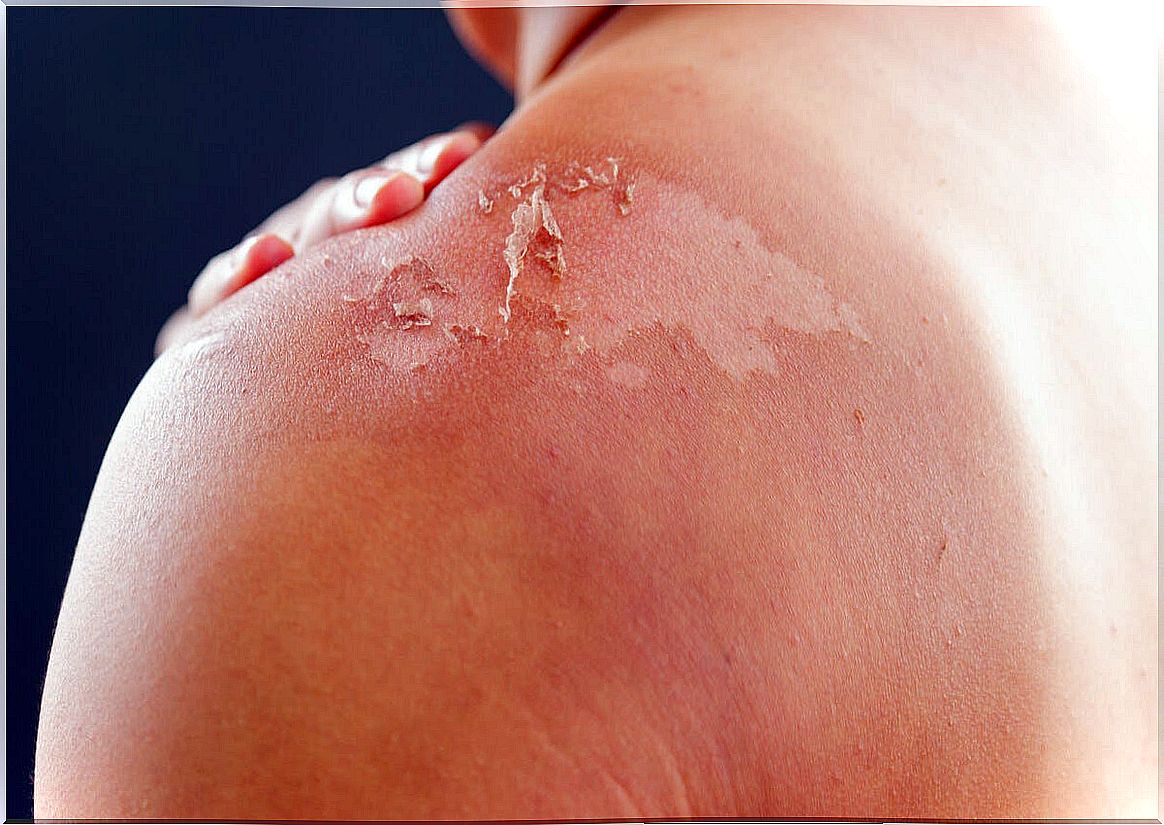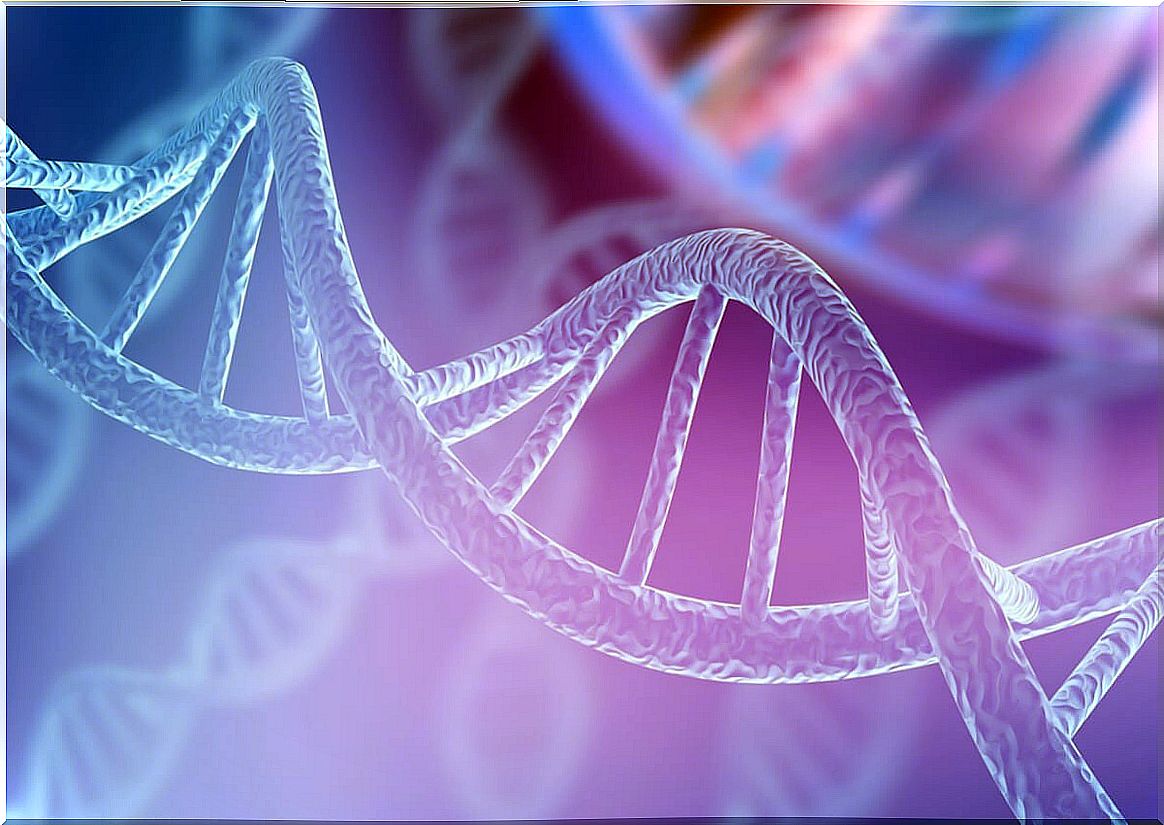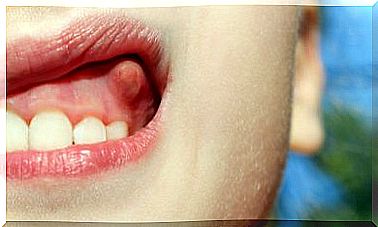Epidermolysis Bullosa Or Crystal Skin: Symptoms And Causes
Epidermolysis bullosa (EB), also known as crystal skin or butterfly skin , is a heterogeneous group of genetic alterations that present with skin fragility and, in some cases, also of the mucosa. It predisposes patients to the development of blisters and erosions after minimal friction.
The management of the disease consists of avoiding as much as possible the traumatisms that trigger injuries, as well as preventing infection and facilitating the healing of wounds with the systematic use of bandages. Do you want to know more about this pathology? We will detail it below.
What are the causes of epidermolysis bullosa?
As detailed in the journal Experimental Dermatology , epidermolysis bullosa encompasses a group of rare, clinical and genetically heterogeneous genodermatoses. There are an estimated 500,000 cases worldwide.
The skin is made up of the epidermis (most superficial layer) and the dermis (innermost layer). Therefore, the region where both layers fuse together is called the basement membrane . There lies the major problem of the pathology, in that union of tissues.
The different types are defined based on the layer where the blisters were generated and the protein that is altered in it. The main ones are the following:
- Simplex (EBS): alteration of keratins 5 and 14.
- Dystrophic (EBD): the gene that codes for collagen VII is affected.
- Juntural (EBJ): alteration of laminin 5.

Symptoms of epidermolysis bullosa
In addition to the typical blisters and erosions secondary to the mechanical fragility of the skin, the disease can lead to nail dystrophy or anonychia, which is the total lack of nails. The clinical presentation of epidermolysis bullosa changes according to the type in which its classification is framed. However, many signs are common to all varieties.
Alopecia
In the presence of anemia, reversible telogen effluvium can occur, this is hair loss also known as alopecia . In some patients, alopecia has a typical pattern.
The degree of capillary involvement varies considerably among patients with type XVII collagen deficiency. There may be gradual alopecia in areas of friction trauma and blisters, called scarring alopecia .
Wound healing
The healing process is compromised by multiple factors including the following:
- Foreign bodies that lodge in the skin.
- Colonizing bacteria.
- Deficiency of nutritional factors in dermal tissue.
- Tissue hypoxia, which is the lack of oxygen supply in the tissues.
Optimization of healing occurs with control of these factors. Therefore, in the absence of a cure for this pathology, promoting the physiological healing of skin wounds is essential. The American Journal of Pathology indicates in a 2017 review that repetitive blistering leads to prolonged wound healing.
You may be interested: Types of healing
Infections
Prevention of infection is the preferred strategy for managing patients with epidermolysis bullosa. Extensive areas of ulcerated skin often show loss of the stratum corneum barrier and allow penetration of microbes. The accumulation of moisture on the surface increases bacterial growth.
Along with poor nutritional status, there is a decreased resistance to infection. Therefore, Staphylococcus aureus and Streptococcus pyogenes are the most frequent etiological agents in the finding.
With large bare or scabbed areas, strict care must be taken. This regimen includes the use of topical antibiotics and the maintenance of the areas covered with a self-adhesive dressing, as recommended by the International Journal of Dermatology .
Skin tumors
Squamous cell carcinoma occurs, in most cases, in multiple primary sites of chronic lesions. The peak incidence of these tumors increases dramatically in the second and third decade of life.
Skin biopsies taken in studies conducted and reported in the International Journal of Molecular Sciences revealed the key role of chronic tissue damage in creating a permissive tumor microenvironment. This is the formation of a suitable stimulus for the neoplastic cells.
Read also: Benign skin tumors: how do they manifest themselves?
Extracutaneous affectations
Due to the high caloric intake that patients have and the complications acquired in the context of permanent skin damage, some of the types of epidermolysis bullosa with severe blisters are characterized by secondary damage to other organs and systems.
According to a publication of the Journal of the American Academy of Dermatology , they may be accompanied by some of the following manifestations:
- Lack of weight growth in weight and height.
- Anemia.
- Osteoporosis.
- Cardiomyopathies.

To take into account of epidermolysis bullosa
Family is a great influence, affection and love being important to improve the quality of life of patients suffering from epidermolysis bullosa. This is regardless of the economic situation, difficulties, time or emotional factors.
The coexistence of symptoms such as anxiety, depression and behavioral disorders should be taken into account, as they can compromise treatment strategies and aggravate symptoms. There is no cure for the disease, but progress has been made in approaches that limit complications and increase patient comfort.









